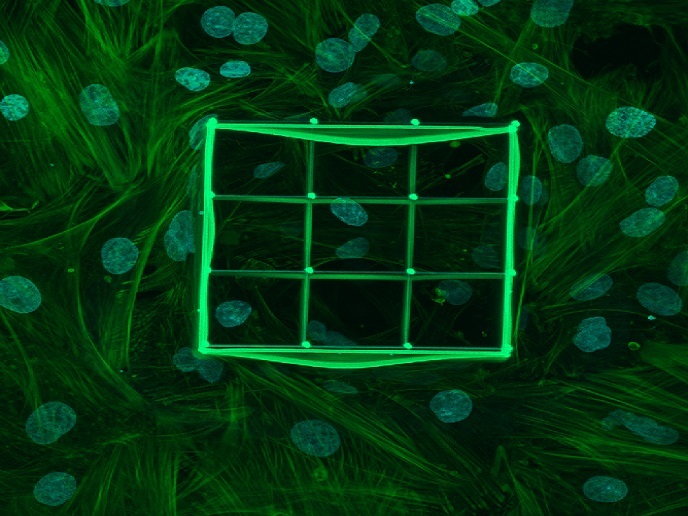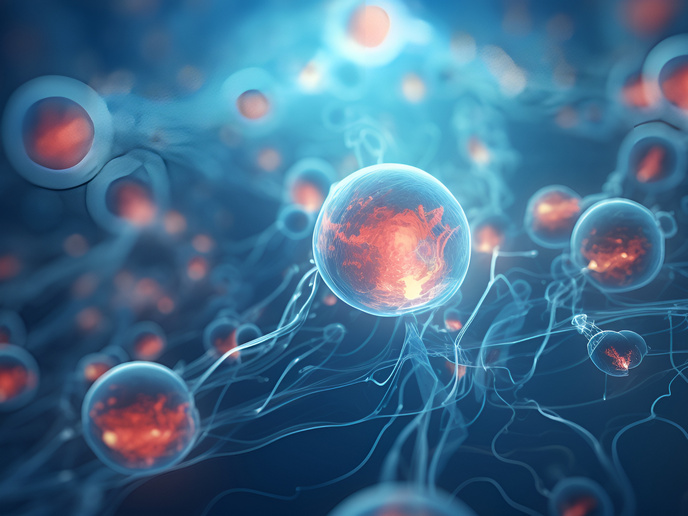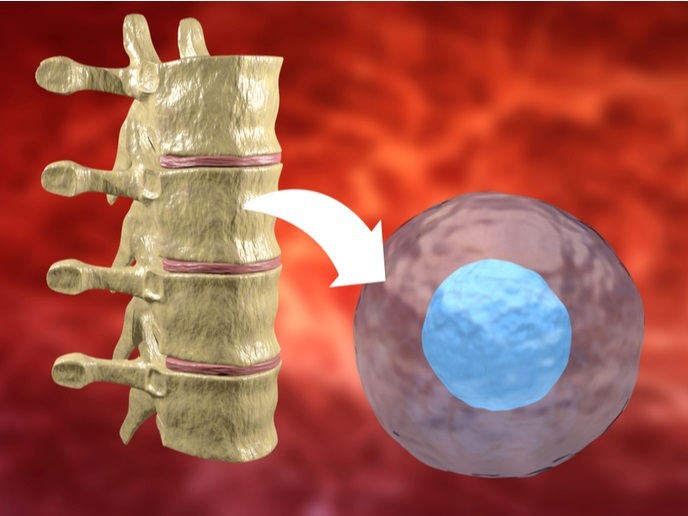Molecular insight into cell specific expression changes in the aging brain
Scientists on the EU-funded PRANA (Protein-RNA networks ALS) project wished to understand the mechanisms responsible for age-related changes in gene expression and cell quantities in the brain. They analysed thousands of human brain expression microarray samples collected by the UK brain bank and the National American brain bank, and immunohistochemical imaging data. For that, they developed unique computational analysis pipelines, which incorporates data mining, machine learning and classification approaches. They observed pronounced expression changes in the aging brains and in particular in glial cell types. The computational analyses showed a signature of specific genes with altered expression in all the analysed brain regions. Additional studies accounting for different cell types, including neurons, microglia and astrocytes indicated that cell-type specific genes also show brain region-specific changes. Taken together, the results of the PRANA study show the cell-type specific gene expression changes that take place in the aging brain in both region-specific and global manners. Similar approach is being applied to data from Amyotrophic Lateral Sclerosis (ALS) patients and iPS motor neurons to unravel the cell-type specific changes in ALS.







